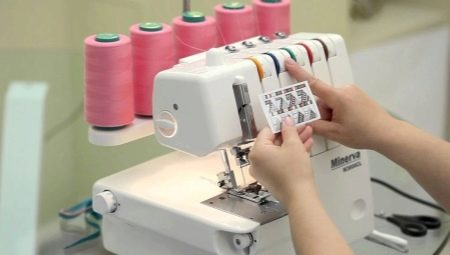Creating beautiful and strong overcast seams is impossible without an overlock - a special technique that can process all types of fabric sections. It is this device that allows you to connect parts of knitwear and achieve the aesthetics of the wrong side of things that do not have a lining.
If you plan to sew from case to case, overlock is chosen for all types of fabrics, that is, the most universal. Semi-professional models that can develop a higher needle speed will be suitable for enthusiastic needlewomen. However, these criteria are far from the most important. Sometimes everything is decided by reduced cost or good equipment. How to choose the correct overlock? Let's try to figure it out.
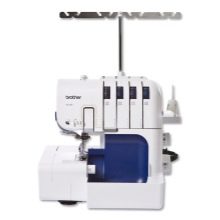
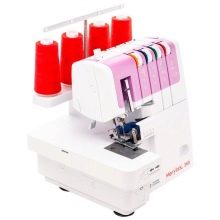
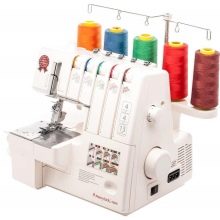
Types of overlocks and their characteristics
Overlock is a type of device capable of providing accurate marking of the edges of the material. Unlike machine sewing, this finish does not crumble over time, retains its functionality and protects the fabric from damage during washing. Some models are also capable of stitching matter, characterized by increased tensile properties: elastic fabrics, knitwear.
Household overlocks support work with 2, 4 or 5 threads. Industrial use from 6 to 8. In addition, overlocks with 5 threads often support the creation of flush or flat seams. Such basting machines are called carpet covers, and they are used for sewing knitted t-shirts and other products from elastic fabrics.
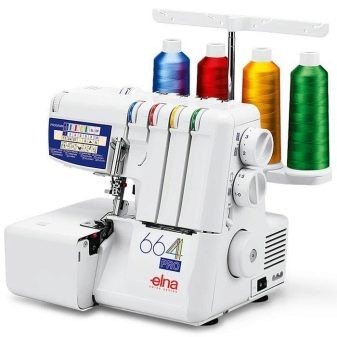
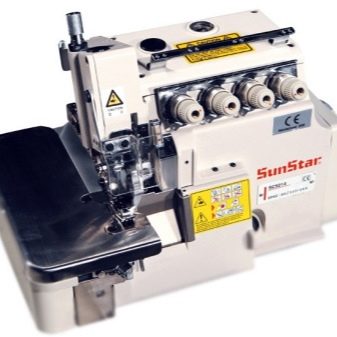
Household overlocks are represented by the following types.
- 2-thread. They are focused on processing the most delicate and delicate fabrics like chiffon, silk.On other fabrics, 2-thread overlocks are not used, since they create an insufficiently dense stitch.
- 3-thread. These models perform standard edge trimming, suitable for all types of fabrics. A universal option for creating ordinary, extensible knitted stitches, roller seam.
- 4-thread. In this case, the overlock, in addition to the basting, also performs a fixing line, suitable for joining parts when basting. The reinforced version of the three-strand model allows you to additionally create double facial seams. The best option if you need to sew overalls or bags, create a bathing suit, elastic sportswear.
- 5-thread. Such overlocks create a straight seaming stitch and trimming in 3 threads. These models are the most multifunctional, they are able to embroider on fabrics of different densities, as well as other types of work.
When choosing, it is worth considering your needs for a full range of functions. If the creative ambitions of a seamstress are not limited only to overlock seams, a 5-thread technique should be preferred.
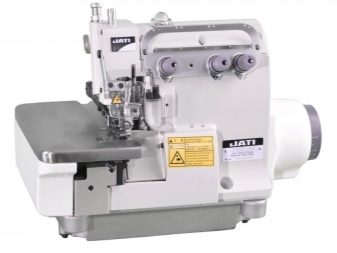


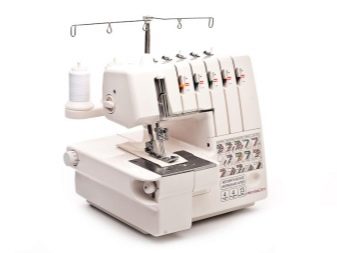
We determine the manufacturer
Among the most popular firms are affordable and fairly popular brands from Asian countries. The recognized authorities here traditionally include trademarks of the following manufacturers.
Janome
One of the most famous brands. The lineup includes several dozen pieces of equipment. This is a good brand for beginner seamstresses. Overlock entry-level have a good set of available functions, easy to configure, not too complicated to maintain.
Janome is based in Japan and has over 100 years of successful operations. Many models of overlock semi-professional line are widely used in the studio and have long proven their reliability.
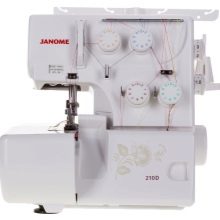
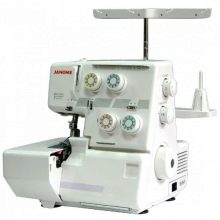
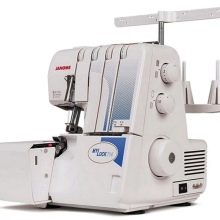
Merrylock
One of the best overlock brands in the world. The company creates multifunctional models oriented on seamstresses with different experience. Overlocks are distinguished by a large set of functions, the choice of available lines. At the same time, the price remains very affordable.
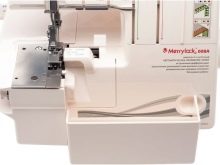
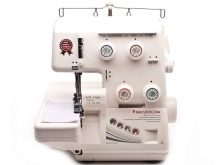
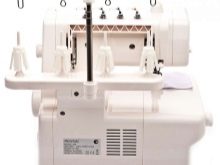
Brother
A Japanese company recognized as one of the world's best manufacturers of overlocks. Models under this brand range from professional to amateur. Their adaptability to a high level of loads, continuous operation is noted.
Brother is not the most stable brand in terms of product quality. There are non-complaint models, but there are many overlocks of this company on the market that raise big questions about their quality.
If you get a capricious machine, you will have to adjust it regularly.
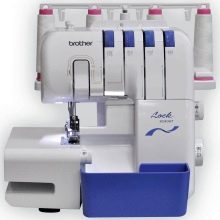
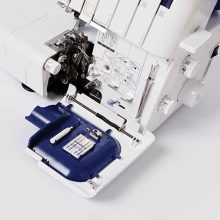
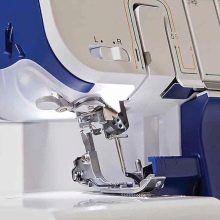
Astralux
A fairly well-known brand that produces entry-level overlocks with a minimum set of necessary functions. This is a good and inexpensive option, but the models vibrate significantly during operation. This defect can be fixed using special rugs.

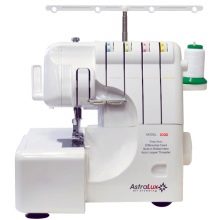
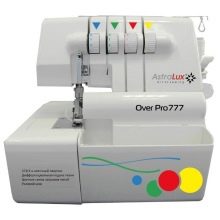
Juki
The company produces almost silent overlocks with a very smooth ride. A good solution for sewing mothers with children who are trying to find a minute for needlework while the baby is sleeping.
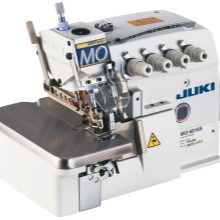
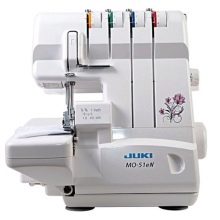

What components and accessories are needed?
Among the useful components or accessories for an overlock can be noted the following.
- Sleeve platform. As in a sewing machine, it provides the convenience of working with small and complex parts. It is she who is needed when processing cuffs, hem of trousers, sleeves.
- Device for creating a role seam. This device helps to create a thinly twisted edge on the cut of the thinnest materials such as chiffon, tulle and trim it.
- Differential conveyor With its help, overlay can be combined with the creation of a frill along the edge of the workpiece.
- Backlight It can be a classic incandescent lamp or an economical LED. Modern lighting does not negatively affect the retina, making sewing more comfortable.
- Spare foot. They are needed so that during operation it is possible to adapt the clip to a certain type of fabric without kneading it. In addition, special paws are used to decorate the material with beads, to fasten the braid over the fabric and at the edge, and to sew in the fabric.
- Needles. It uses the same elements as in a conventional sewing machine. It is important not to forget to change their thickness according to the type of material.
- Compartment for collecting garbage. It is not too large, but very important if you do not want to be distracted by cleaning during work.
- Case. It protects the mechanism from dust and dirt, helps to avoid clogging and damage to equipment during storage. Some of the covers are used as a protective case during transportation.


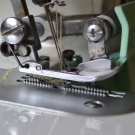
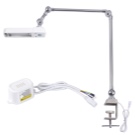
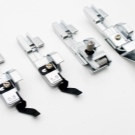
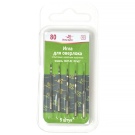
Criterias of choice
Before choosing a suitable overlock for home use, it is worth deciding on the most important parameters.
Needs
The acquisition of an overlock is advisable in cases where the seamstress is concerned about the quality of the line. The seams processed by a zigzag look rather artisanally and give out an origin of a thing. When it comes to tailoring products to order or sale, the use of an overlock is also mandatory. In addition, you cannot do without such a special machine when you have to work with stretching fabrics - stretch and knitted fabrics.
Without the help of an overlock, you won’t be able to sew sportswear and many casual outfits like tight dresses or tops.
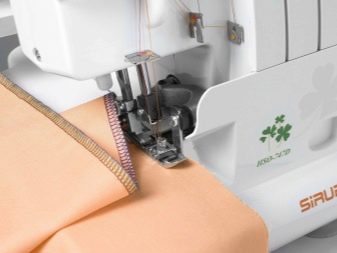
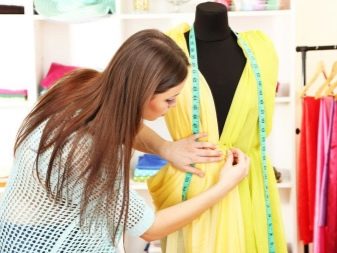
The convenience of use
Home overlock should be as comfortable as possible to use. Bulky industrial machines are not mobile and need a special pedestal to support their weight. In addition, models in a metal case create a fairly substantial vibration. Home overlock should be lightweight, compact, have sufficient functionality.
For the home, do not choose industrial machines, because too powerful equipment will simply stand idle. A household model is enough for 2-3 hours of continuous work, then you can give it a rest. Sewing speed also does not matter much when it comes to the piece-wise creation of clothing or decor items.
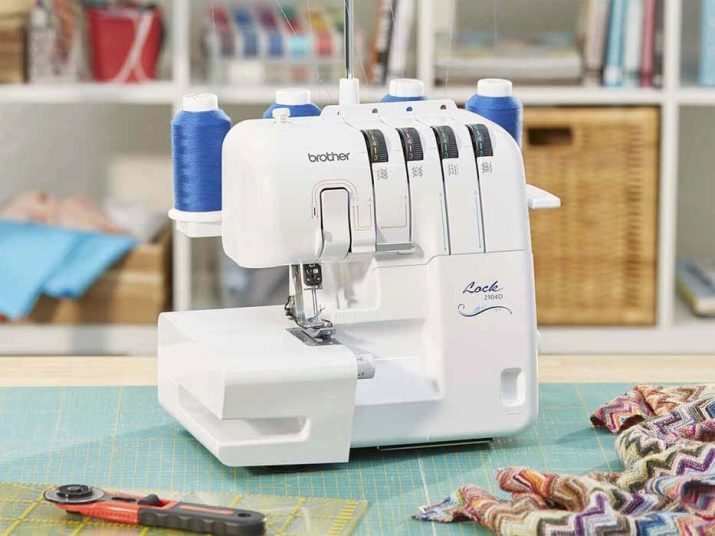
Accordingly, you can choose the most simple, but reliable and convenient in size model and enjoy working with it.
The number of loopers, as well as the ease of refueling, also affects convenience. It is optimal if the model uses a pneumatic system that significantly speeds up this process. Presser foot adjustment should be smooth, tension control is most conveniently computer - it is more accurate.
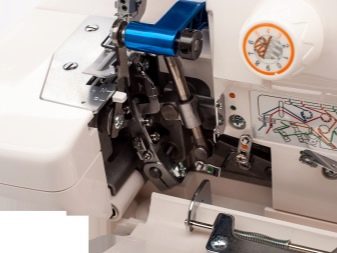

Necessary operations
Among the most important operations for overlock, experienced seamstresses and manufacturers of such equipment call the following.
- Presser foot adjustment. It allows you to work with different types of fabrics and materials. Without this option, it will not be possible to process the edges of thick, heavy fabrics. If you want to create sweatshirts, sweatshirts, sweatpants, this option should not be neglected.
- Cutting off the movement of the cutting knife. This function in most cases is useful and necessary to eliminate the terry edges of the product. But only when sewing cuffs and performing some other operations, it will be an obstacle. It is important that the knife can be isolated.
- Adjust the stitch width. In overlocks, it determines how tight the seam will be. The step knob helps control the line and its parameters.
- Thread tension adjustment. It can be automatic or manual. If the same operations are constantly performed, you can do with simple, non-computerized versions of the technique. It is better to choose an overlock with computer thread tension in automatic mode, with adjustment to the type of fabric.
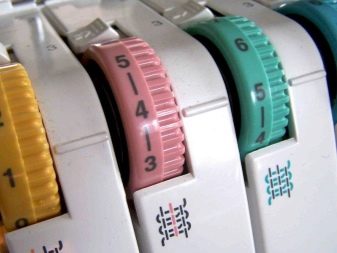

Lines
There are 5 basic types of lines that must be in the overlock. Additionally, other varieties of created stitches may be present.That's only when sewing clothes a rather limited number of operations is used, and most of the additional functions will never be needed by the owner of the equipment.
The following types of stitches are mandatory.
- Two-strand chain. Stitching is done with 1 needle with 2 threads, can be used as an element of decorative decoration. Suitable for sewing on knitted edges or stretching clothing parts.
- Overlock three-thread. A classic overcast seam for edging open sections. It is he who is most often needed when processing elastic fabrics of small thickness.
- Flatlock A kind of flat seam, can be wide or narrow. Overlock with this function can be used for sewing knitted t-shirts, sweatshirts, and other products. Depending on the model and brand, the appearance of the stitch may vary.
- Fastening 4-thread. Combines the advantages of overlock and chain stitches.
- Role-based hemline 3-thread. Roller seam necessary for processing the edges of skirts, scarves, blouses from light fabrics. Tucks the edge of matter in a special way.
These seams allow you to provide the required minimum operations. It is worth paying attention to the fact that the overlock does not have the functionality of a sewing machine, but can become a replacement for ploskoshovny units.
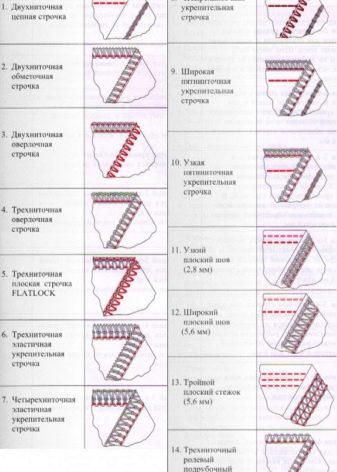
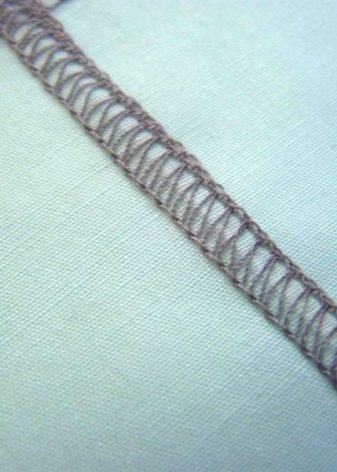
Useful Tips
You need to understand that all models of overlocks have different technical equipment. If you need the most multifunctional model, you should pay attention to the type of looper installed. Premium models have upper thread handlers for creating a decorative stitch with thread overlay over the seam. They also have the function of a looper of a chain stitch, which allows you to make flat seams, similar to those used in sewing jeans belts, and replace the sewing machines.
The main lines are created using the lower and upper loopers, it is with their help that all three-thread stitches are formed. When adjusting the thread tension, you can get a Flatlock or a role version of the stitch. When adding 2 needles, you can significantly diversify the types of stitches. In addition, 1 needle can be moved left or right. The use of a converter allows you to create more seams with 2-thread weaving.
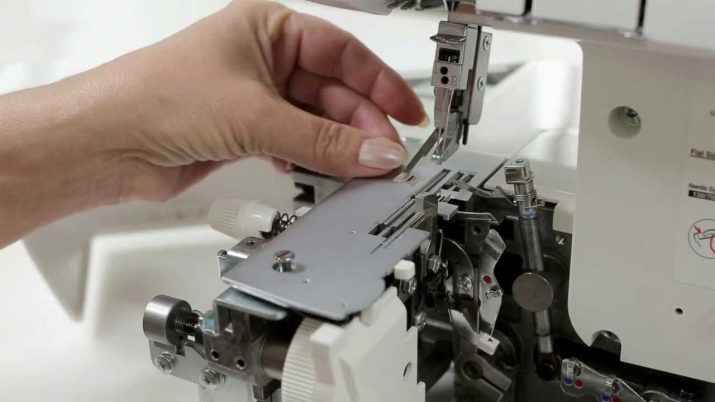
Beginning seamstresses are not recommended to immediately choose models with manual threading of threads in loopers. It’s only automatically this function works exclusively in middle and premium overlocks. You can save by choosing a model with only the lower looper refueling. It is available on some budget Brother models.
The type of adjustment of the thread tensioner also matters. It can be frontal (with the location of the rotary knobs on the front panel) or axial. In the second case, the tension of the threads is more uniform, which is very important when increasing the sewing speed.

In computer-controlled models, these parameters are set using the buttons or touch screen.
Overlock power matters. It is affected by the functionality of the model - the more options are supported, the higher the power consumption. The most powerful options have an indicator of up to 250 watts. Overlocks equipped with 4-5 coils consume less power, from 100 watts. The most low-power models for overlaying thin fabrics are equipped with 2-3 coils and have a power of about 75 watts.
When determining the price category of an overlock, you should not save. Models cheaper than 6,000 rubles have insufficient technical equipment and, in general, can only perform simple operations, create 2-thread seams. A basic 3-thread overlock for beginners costs about 5,000-10,000 rubles, semi-professional equipment options cost twice as much. A coverlock with a full range of options and a 5-thread type of construction will require costs from 21 to 39,000 rubles and more.
See how to choose an overlock.
